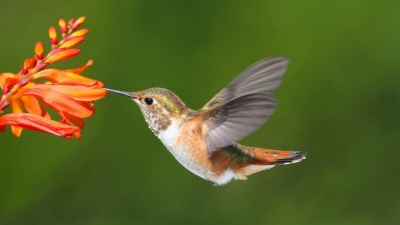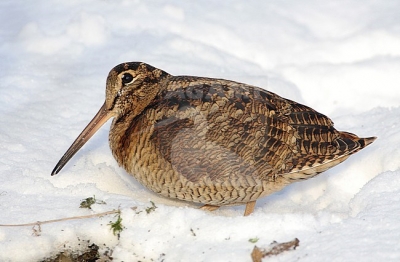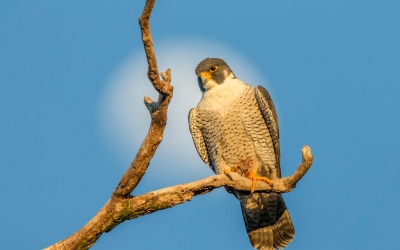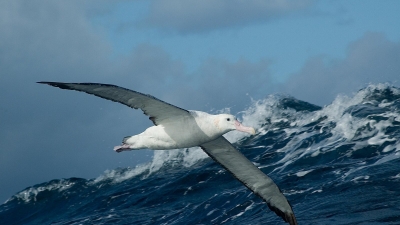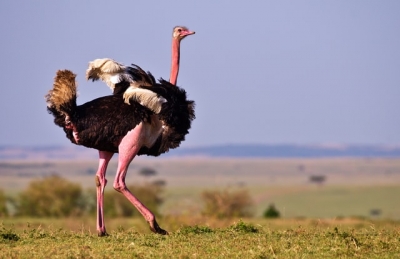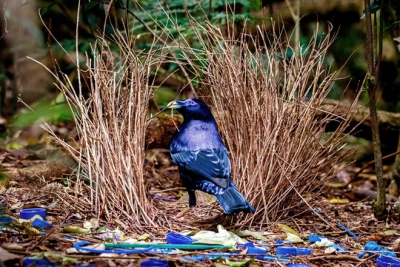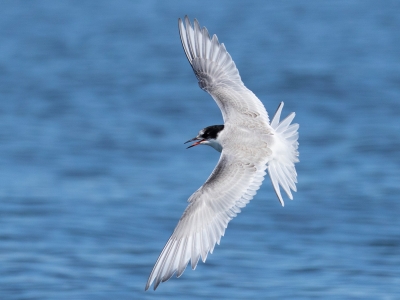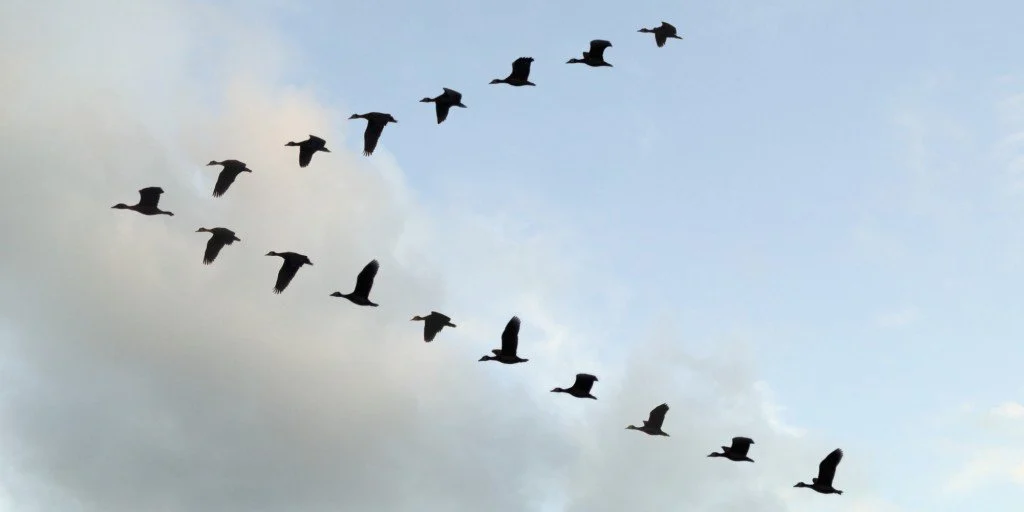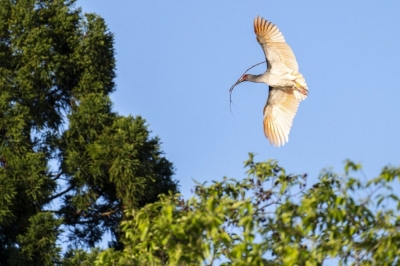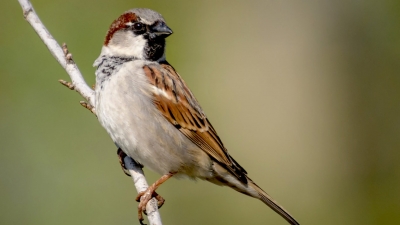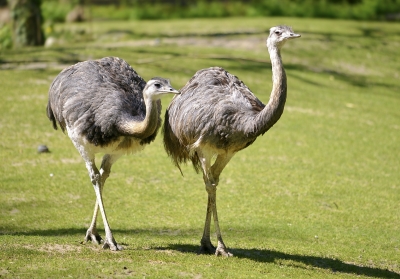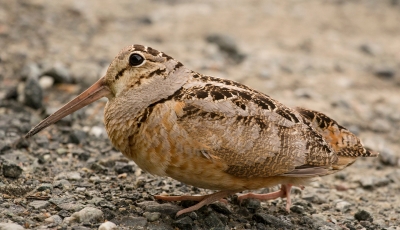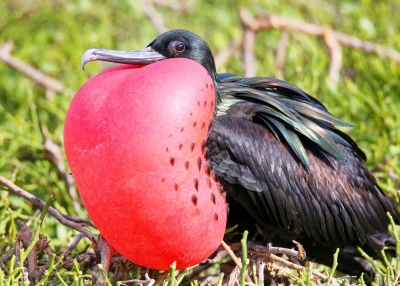How vital are “connector” species ?
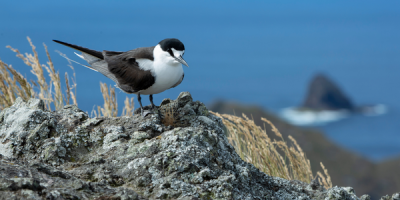
When the topic of conservation comes up for discussion, it is inevitable that there's mention of how within an ecosystem, each organism has a role to play in keeping the environment together. With climate change dealing a blow to our natural world, such roles become even more important. In such a scenario, researchers have discovered something significant- an interconnectedness between different ecosystems that could be "a new way to increase resilience to climate change". What is it? Come, let's find out.
Isolated from mainlands, islands have evolved to have unique ecosystems. For long, both plant and animal species globally have lived undisturbed on islands. But this very isolation could also mean doom. One of the causes for this doom could be the deliberate or accidental introduction of invasive species. And the elimination of invasive species could be a key factor in improving nature on both land and sea. How?
When islands are rid of invasive species, they have a positive impact not just on land but on sea too through "connector" species such as seabirds, seals, and land crabs, "which transfer nutrients from oceans to islands and vice versa". Here's an example. "On Floreana island in the Galapagos, invasive species have devastated not just bird and plant species, but also livelihoods, with farmers losing up to 100 percent of their crops due to invasive rats that started to spread on the island. Some 13 species have gone locally extinct on the main island, while 54 species are critically endangered, endangered, or threatened. The island, which is almost entirely a national park, eradicated invasive pigs in the 1980s in a bid to save the critically endangered seabird the Galapagos petrel, and then in 2019 non-native goats were removed, leading to a regrowth in local vegetation. The 10-year battle to rid the island of rats continues. It is said that once they are gone, at least a dozen species that went locally extinct largely because of invasive species will be returned to the island, including giant tortoises and mockingbirds."
In essence, loss of connector species populations "often results in ecosystem collapse-both on land and in the sea". So, "carefully chosen conservation actions on islands can lead to really stunning changes in the neighbouring ocean ecosystem, because everything is connected". This also becomes vital due to the climate crisis because healthy populations of connector species can "transfer some of the lost nutrients to the water', encouraging plankton growth, potentially easing the effects of El Nino, the unusual warming of ocean surface waters.
Picture Credit : Google
